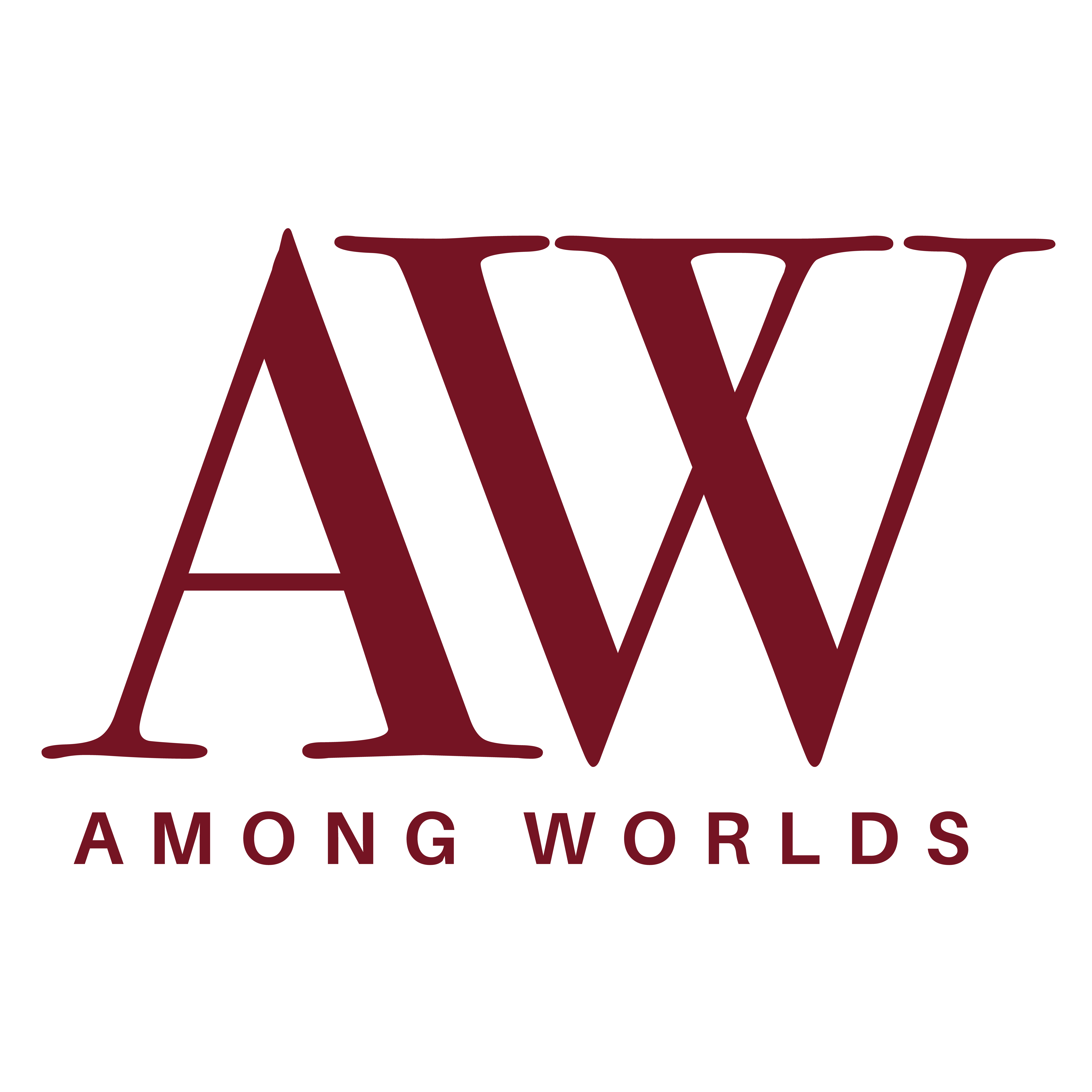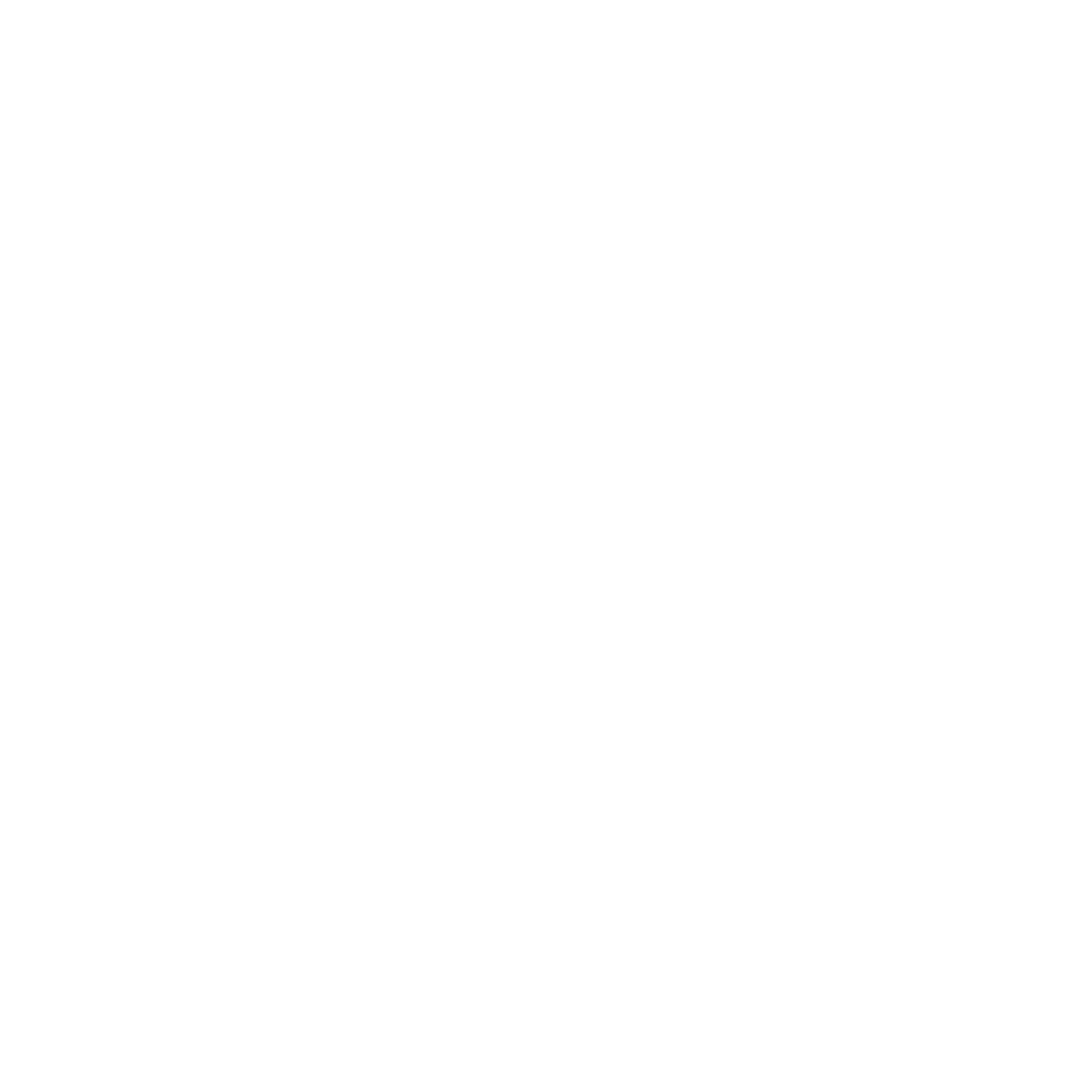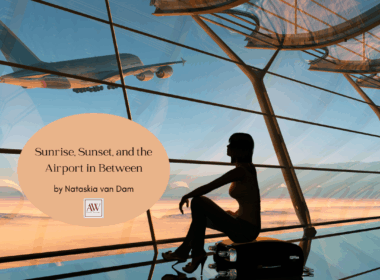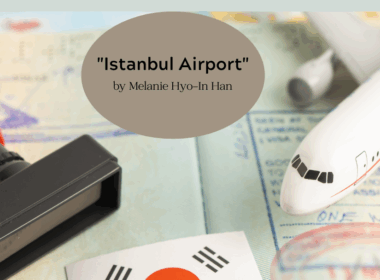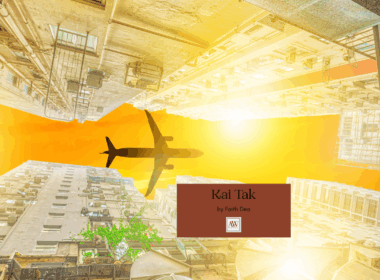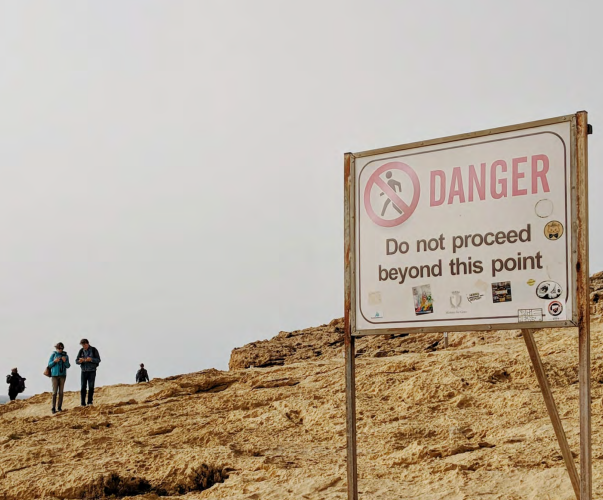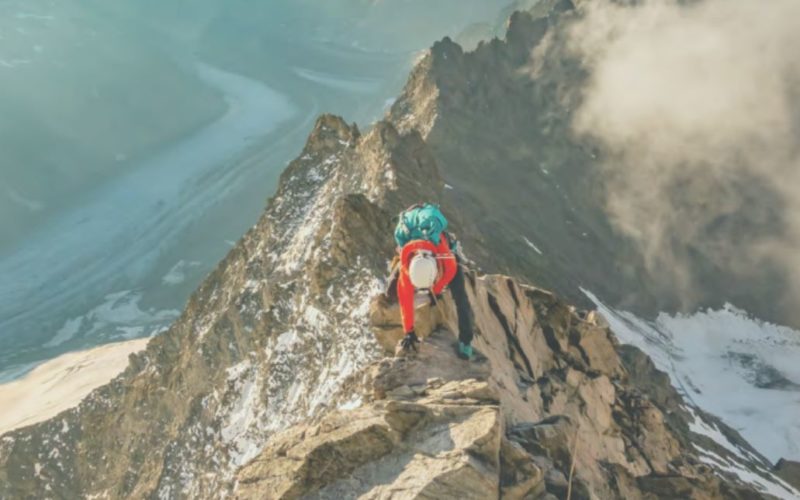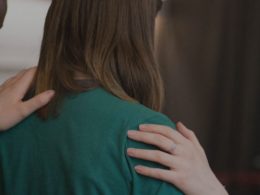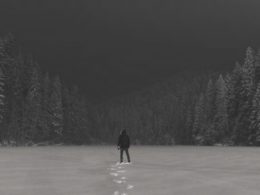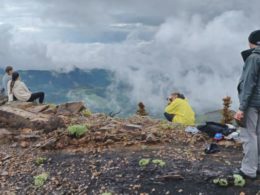By Marilyn Gardner
The first conversation in the United States about safety that I remember came after 9/11. Suddenly “the enemy” had come to our soil and we were no longer safe. Money, big houses, security systems, fat retirement accounts, and good jobs were not enough. Most of those killed on 9/11 had those and more, but it did not save them.
The solution was war. No matter what lawmakers and politicians say now, the consensus made by the powerful of the land in the United States was that war was warranted, war was justified. And so, we went to war.
But it did not make us safer, and it did not take away our fear.
“The enemy” moved closer. The enemy was now at our borders. Those who would take our jobs and bring in drugs must be stopped. Those who would bring their ideology to disrupt our “way of life” had to be kept out. So we proposed walls and fences, bans and limited entry.
But it did not make us safer, and it did not take away our fear.
ISIS emerged, a real threat to people living in Syria, Iraq, and Turkey, but arguably not so much to those watching the nightly news on their plush, comfortable couches. There was more fear. The world was a scary, scary place. A
As my husband and I periodically went to the Middle East to work with humanitarian aid groups on the ground, the number-one question people would ask us was, “Is it safe?” I never knew how to respond.
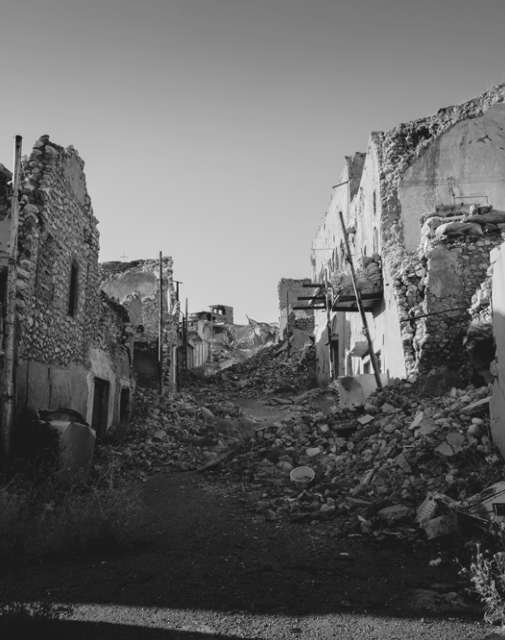
The number-one question people would ask us was, ‘Is it safe?’”
In the essay “The Proper Weight of Fear,” my friend Rachel Pieh Jones writes what is a fitting response to that question:
Of course we were safe. Of course we were not safe. How could we know? Nothing happens until it happens. People get shot at schools in the United States, in movie theaters, office buildings. People are diagnosed with cancer. Drunk drivers hurtle down country roads. Lightning flashes, levees break, dogs bite. Safety is a Western illusion crafted into an idol and we refused to bow.
And then came 2020. Suddenly “the enemy” was no longer over there, far away from our homes and our television screens. The enemy couldn’t be kept out through a wall or closed borders. Instead, the enemy was everywhere. It was a virus, a virus that could be anywhere at any time, floating through the air, ready to randomly attack. But it was more than a virus. The enemy was our neighbor. It was anyone who was not wearing a mask. It was the spring break revelers and COVID partiers. It was the people who did not take the virus seriously. It was the person passing us who coughed. The enemy was the person who shopped at our grocery store and chose to go the wrong direction, defying loud orange arrows. Danger was everywhere and our fear was out of control.
But even when we wore masks and did all the right things, people were still afraid. Afraid and deeply angry at those who did not do the right things.
It turned out that no one was safe.
Sons and daughters, husbands and wives, uncles and aunts, random strangers—they were all potential carriers of this virus that rocked the world. We learned that no place and no one was safe. As much as we wanted to carve out our little utopias where everyone was safe, where the enemy was far away, and fear was nowhere to be found, it was not possible. Instead, everywhere we looked there was danger. It didn’t matter how big our houses were or how much we scrubbed our groceries, we were not safe. We couldn’t build walls to keep people out. We couldn’t create wars to send a message. Our own families became our enemies. We were victims of a virus much smarter than us.
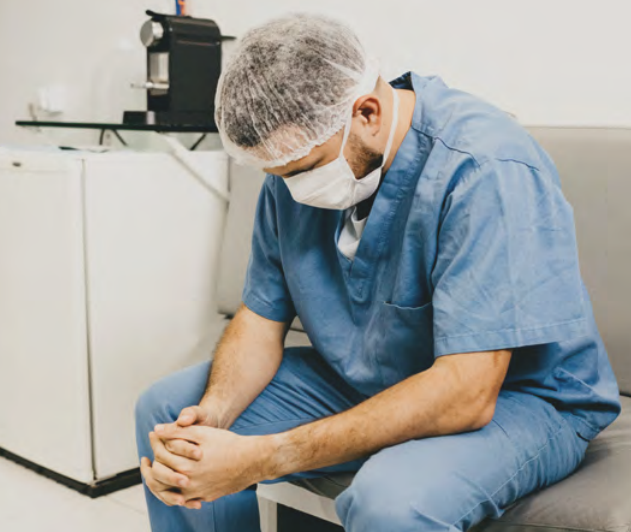
So, we created vaccines. The vaccines would solve the crisis were the words from the leaders. We would all be safe. We could begin living. Vaccines were created—but they did not take away our fear. Some chose not to get vaccinated, and they became the enemy. And then “the Omicron” came. And even if we were vaccinated, even if we were boosted, Omicron invaded our households and took hold of our news sources. An insidious enemy, you didn’t know where it was, and you didn’t know how to avoid it. Locking doors didn’t help. Cleaning didn’t help. Isolating didn’t help. Even the vaccine couldn’t keep us safe from the virus. We needed boosters. And more boosters. And still more.
The savior vaccine had failed us, and it did not take away our fear.
Could it be that we have safety all wrong, that we will never be truly safe as long as we live on this earth? Could it be that safety was never promised, that the nature of being human is one of risk, one that will ultimately lead to death on this earth for everyone?
What do we do in a dangerous world when we crave and long for safety? What do we do in a world that demands risk-taking just by existing?
We keep on going. We keep getting up, even when it’s difficult, oh so difficult, and we dread the day. We keep on loving, even when it hurts so much. We keep on taking risks, because life itself is a risk and trying to live risk-free is a terrible and impossible life to live. We keep on going from strength to strength, because really—the only truly safe option is recognizing that we are not safe.
Could it be that we have safety
all wrong?”
If we strive to be safe, we will never, ever win. That’s the reality of life. We were never promised safety, we were never promised a life without difficulty.
My faith tradition confronts me with two realities: The first is the reality that bad things will happen. But there’s a second reality that I’ve not only seen, but I’ve experienced in times when I have felt fear rise and the desire for safety overwhelm me. And that is the reality of a God who never promised safety, but always promised his presence. As I was writing this, I remembered these words by Madeleine L’Engle, and I leave them with you as a benediction, a reminder that I was never promised a life of safety but the powerful love of a God who cares.
“If I affirm that the universe was created by a power of love, and that all creation is good, I am not proclaiming safety. Safety was never part of the promise. Creativity, yes; safety, no.”
Madeleine L’Engle, And It Was Good
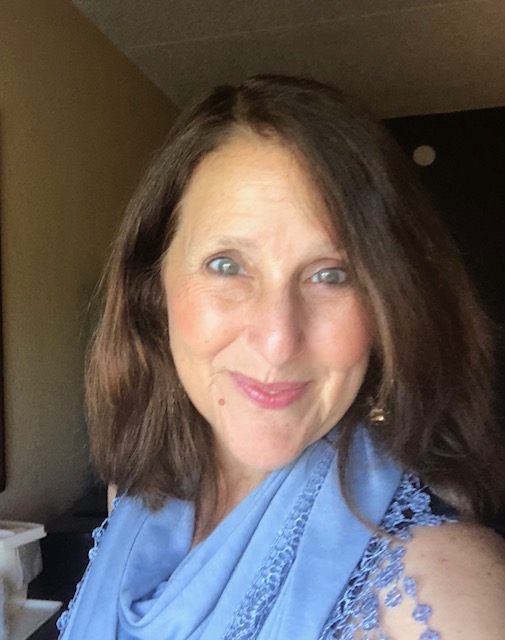
Marilyn Gardner is a public health nurse and writer who lives between worlds, but mostly in Boston. She is an adult TCK who was raised in Pakistan, and she went on to raise her children in Pakistan and in Egypt before moving to the United States. She has lived in Pakistan, Egypt, the United States, and the Kurdish Region of Iraq. Marilyn began writing in 2011 after participating in a humanitarian aid trip to Pakistan. Revisiting her childhood home and working in this relief effort awakened a long dormant desire to communicate what it was to live between worlds. Her writing and speaking come from a place of knowing what it means to live between. Marilyn is the author of Between Worlds: Essays on Culture & Belonging and a memoir, Worlds Apart: A Third Culture Kid’s Journey, and she is the editor of a recently published community cookbook project called One Cup at a Time: Recipes for Recovery. You can also find her writing in Plough Magazine, Fathom Magazine, A Life Overseas Blog, and her own blog, Communicating Across Boundaries.
